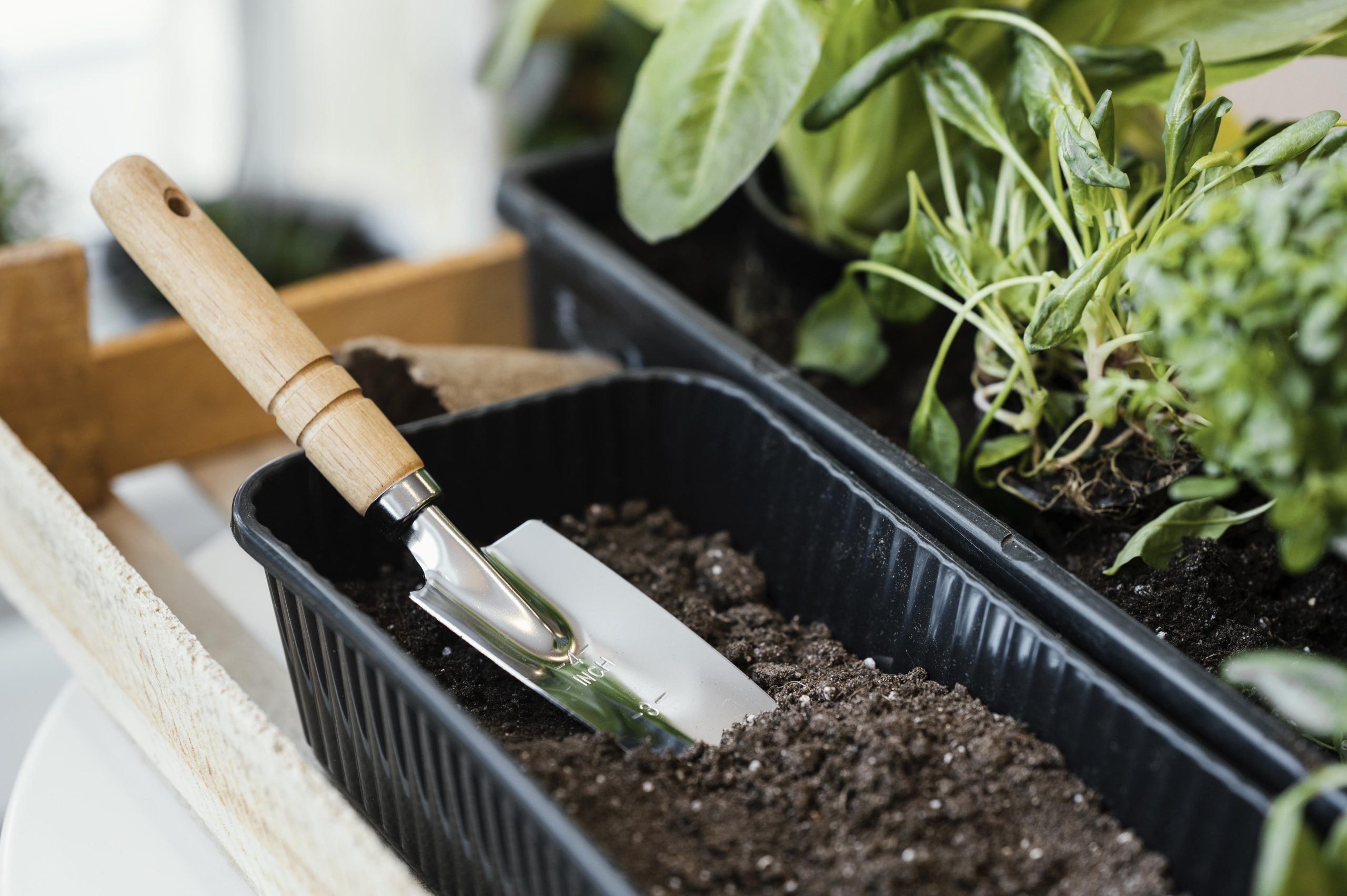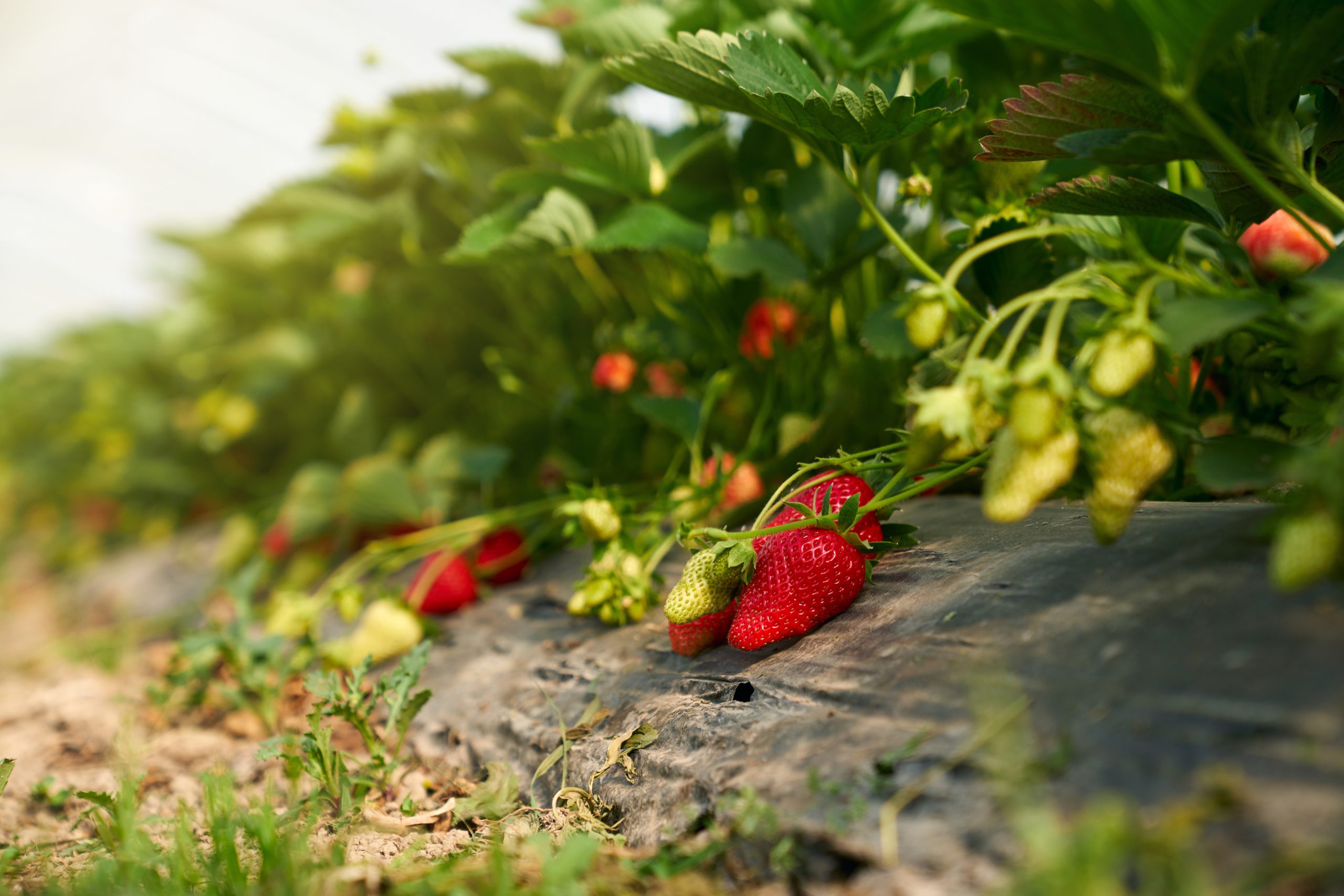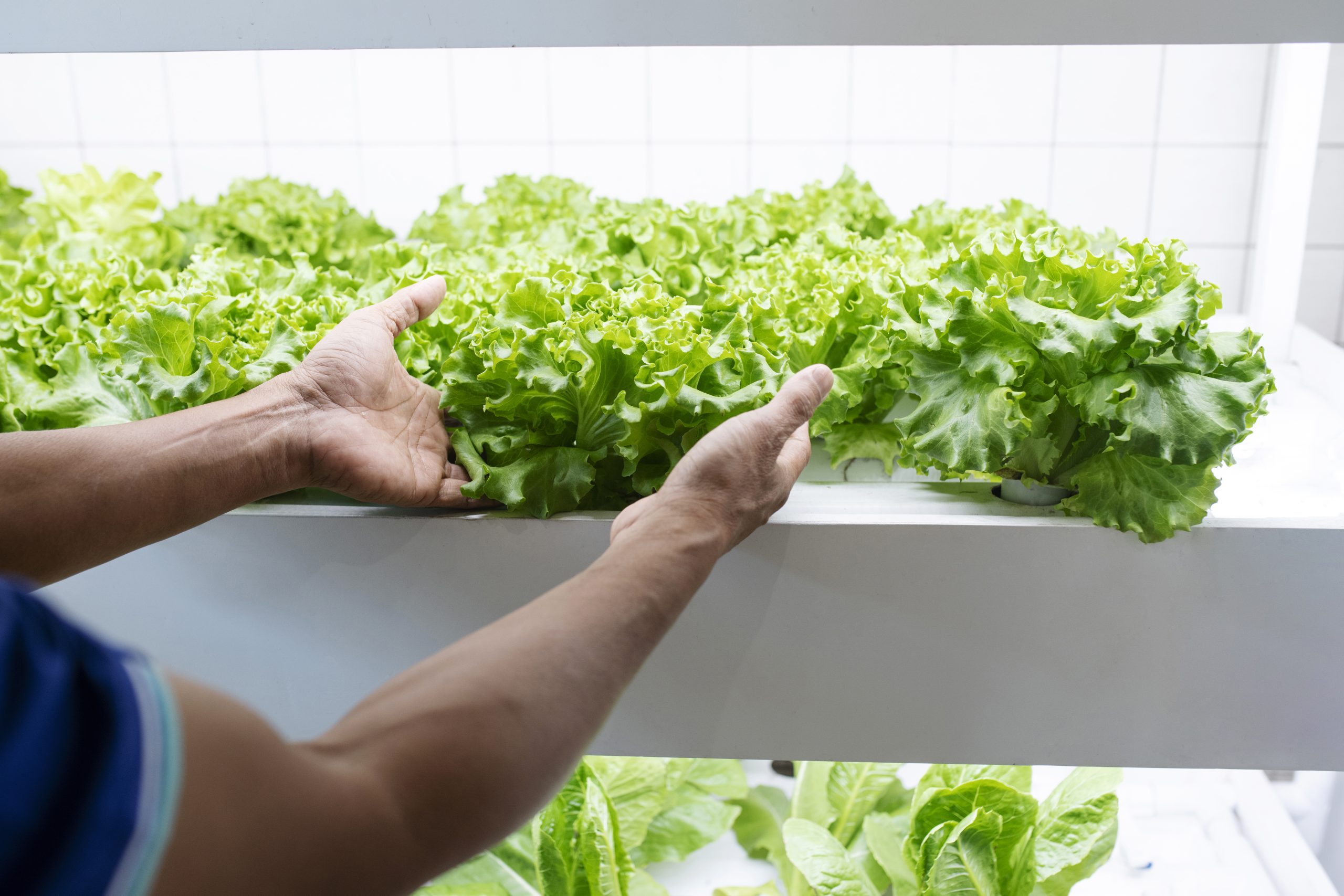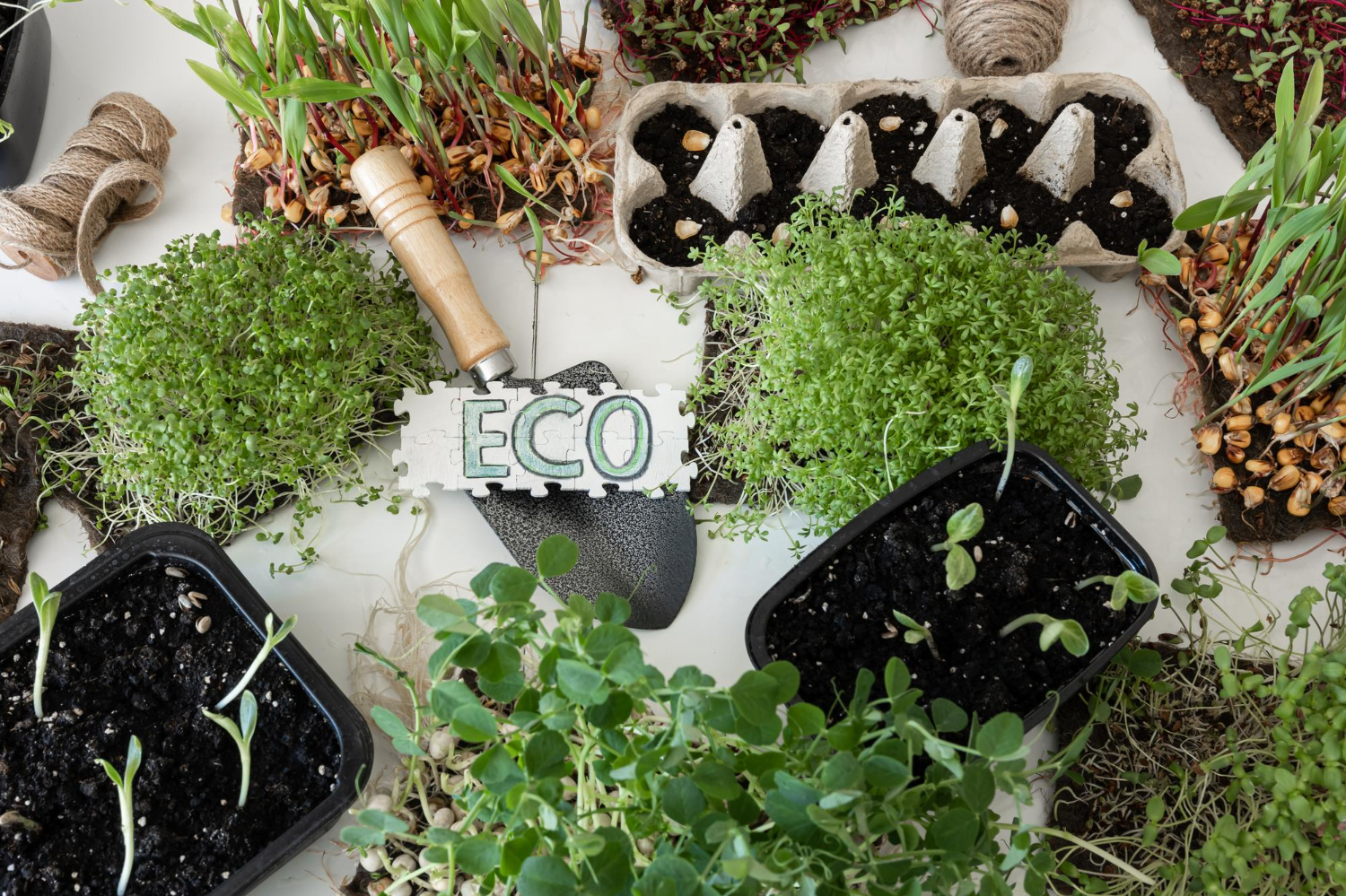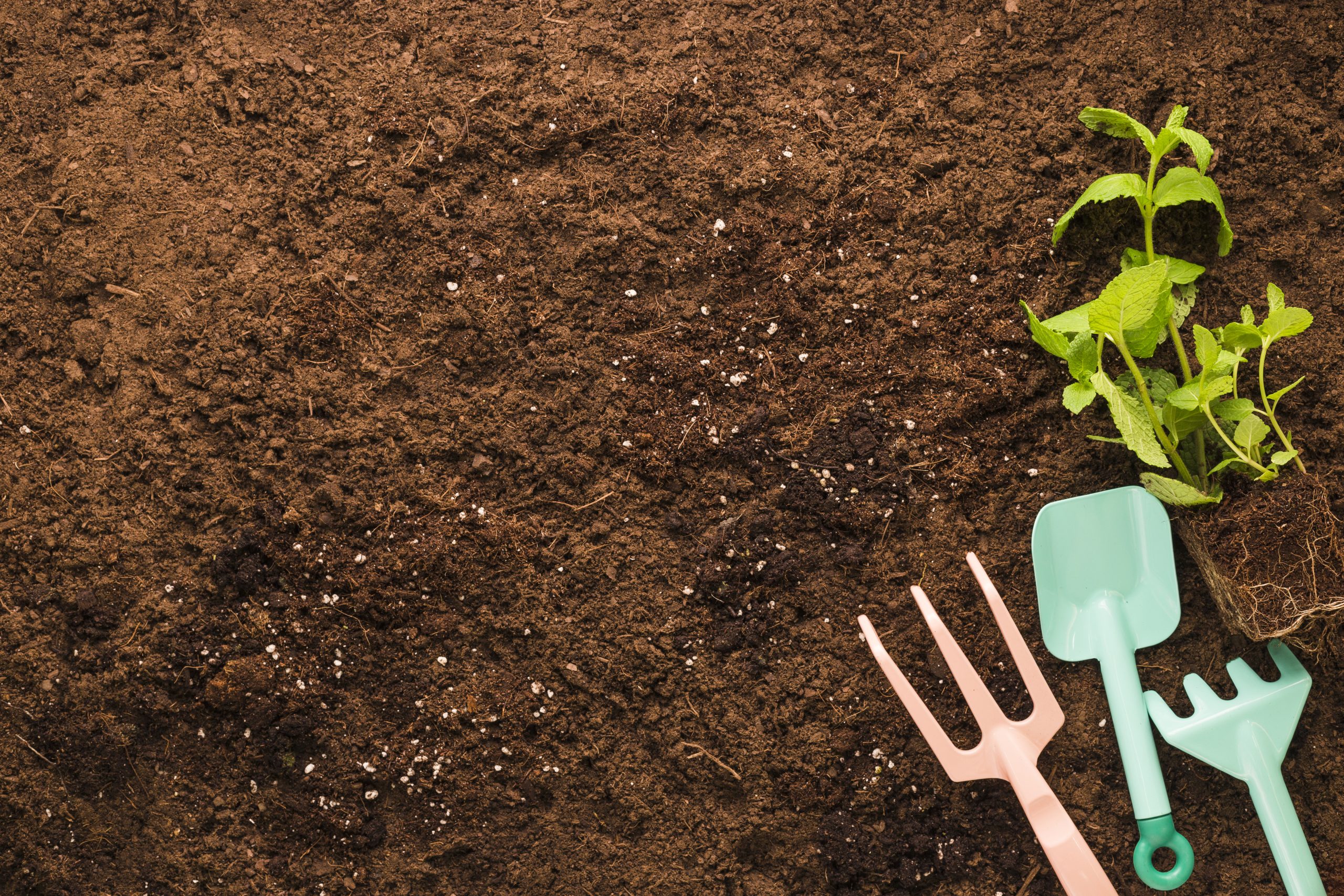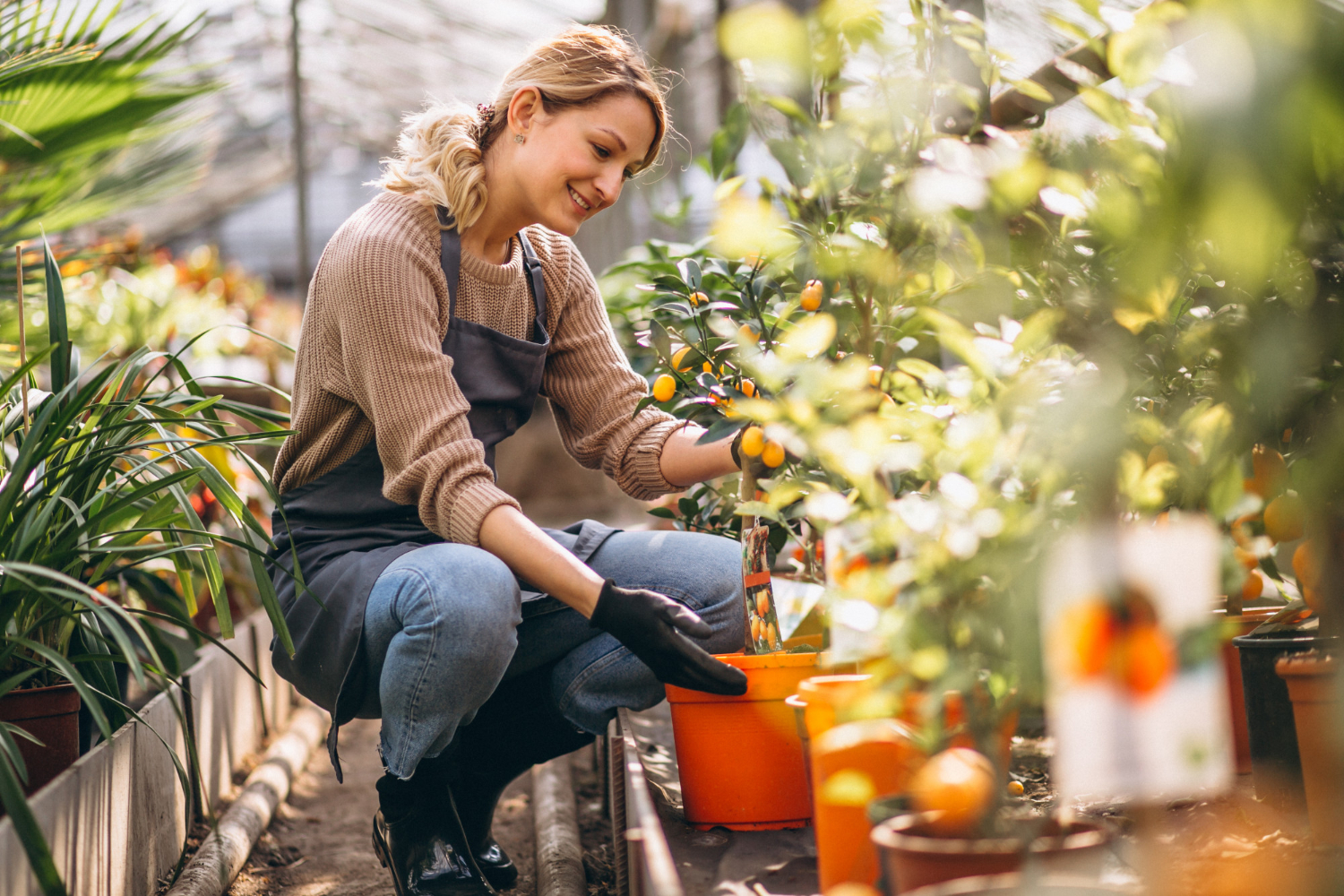How to make homemade organic manure or compost?
Aug. 29, 2023
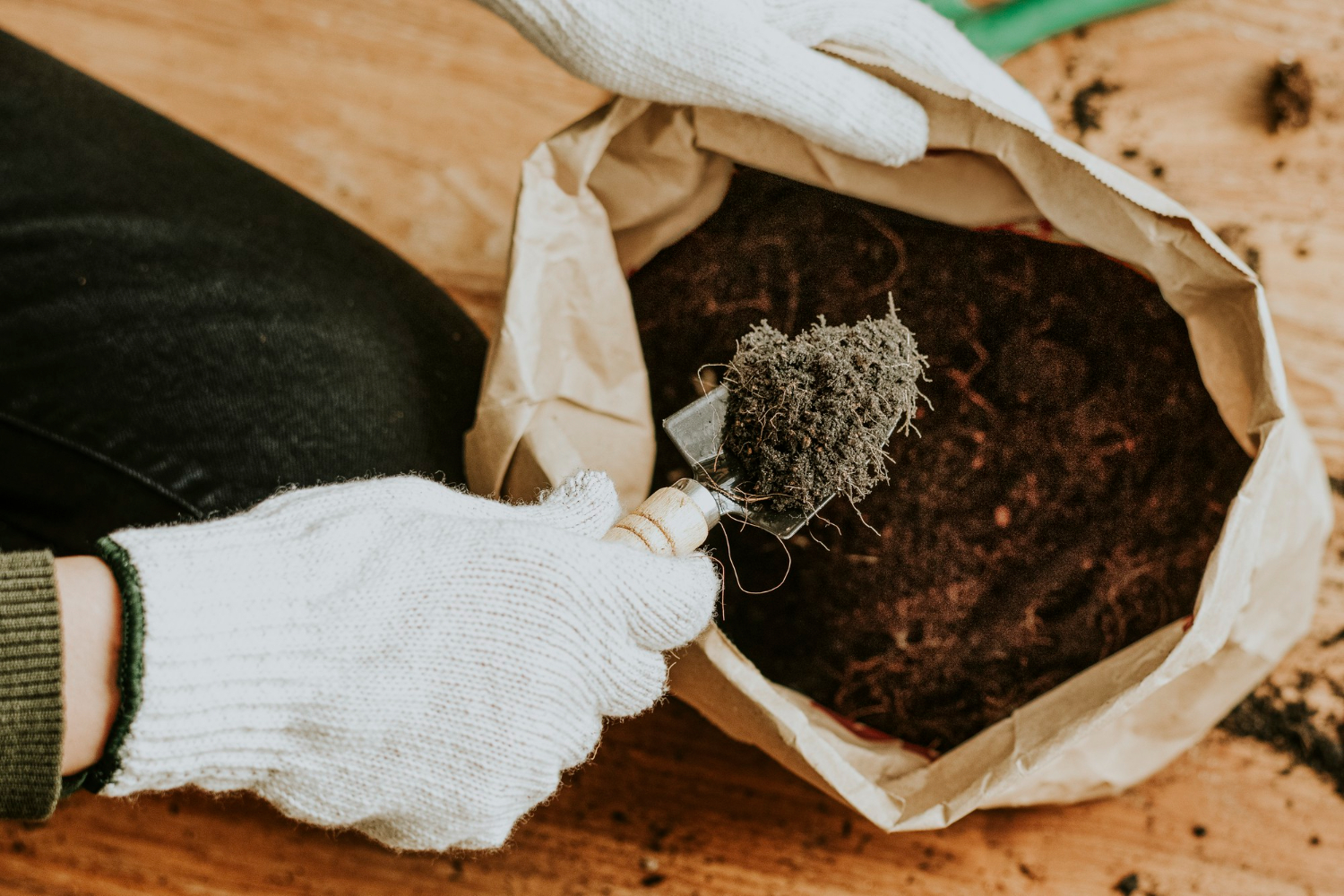
The preparation of the soil of the vegetable garden is basic, it is going to be the place where our vegetables are going to get their nutrients and we have to prepare it beforehand for this.
In order to create a good soil from the beginning, it is necessary to enrich it, and what better than to make homemade organic fertiliser or compost. This work does not have to be done continuously, but when the season changes, it may be interesting to nourish it again as we see it.
Organic compost can be prepared in the urban garden itself, because it is very easy to produce, but before starting it is better to know what should never be added in case you have any doubts:
Publish your garden for free today
What not to add to home compost?
- Cat or dog faeces, because they may contain diseases that affect people.
- Weeds with seeds, because they contaminate the soil.
- Aromatic or waxy plants (such as eucalyptus leaves, walnut leaves and walnuts) that impede the growth of other plants.
- Herbicide-treated plants.
- Remains of diseased plants.
- Poisonous or toxic plants.
- Glass, metals and plastics, as they do not decompose.
- Fat and meat waste, because they decompose very slowly and produce a bad smell.
What to add to the compost?
- Plant debris
- Kitchen scraps
- Animal manure
It can be made in the form of a kind of pile with a stick in the centre, to which we superimpose the different layers.
In this drawing from the book "Una huerta para todos, manual de autoinstrucción" by Alberto Pantoja, Plant Production and Protection Officer and Meliza González, Consultant, you can see perfectly the process of the layers with which the pile is made.
/*! elementor - v3.15.0 - 09-08-2023 */ .elementor-widget-image{text-align:center}.elementor-widget-image a{display:inline-block}.elementor-widget-image a img[src$=".svg"]{width:48px}.elementor-widget-image img{vertical-align:middle;display:inline-block}
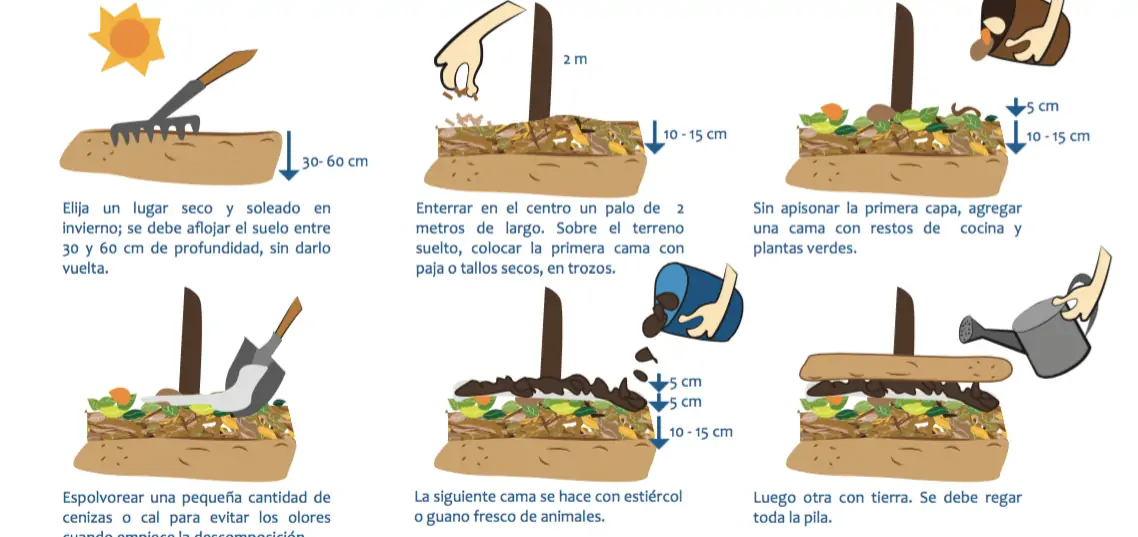
The stack can reach between 0.75m to 1.50m.
Once finished, it is covered with sand and straw. Afterwards, water and remove the stick in the centre to encourage aeration.
So how is this food transformed into compost?
The combination of the materials we have used favours the creation of micro-organisms that will begin to transform the waste into compost.
For this they need a little help by moistening the pile frequently but without waterlogging it and by aerating it.
There is a trick by which we can extract a quantity from inside and see if it is hot, if it is not, it lacks water.
In summer it needs to be watered every day.
Aeration can also be achieved by using a shovel or rake to create aeration holes.
How to protect organic manure or compost?
If it is in full sun, it should be protected with straw or branches, and if it rains, it is better to cover it with a large plastic sheet.
Every three weeks we have to air as mentioned above.
How do we know that our compost is ready to be added to the garden?
Well, for this, it will take about three months and we will know why:
- Layers are no longer differentiated
- Gives off a pleasant smell of leafy soil
- Its colour is like dark brown
How much compost will you need in your garden?
About 30 kg of compost is needed for every 10 m2 of land. A 1 metre high pile provides approximately 70 to 90 kg of compost.
So with one pile you will have enough compost for an average sized garden plot between 50 and 70 m2.
It is worth mentioning that most of the gardens have organic fertiliser that they provide to the gardeners for free or for a fee, this can be seen in the services of the gardens that you can find in Huerto 360.
But a market gardener is curious and can always like to do it himself.
In addition, we also leave you a link to make worm humus compost which would be another option.
Bibliography: "Una huerta para todos, manual de autoinstrucción" by Alberto Pantoja, Plant Production and Protection Officer and Meliza González, Consultant.
Latest posts
